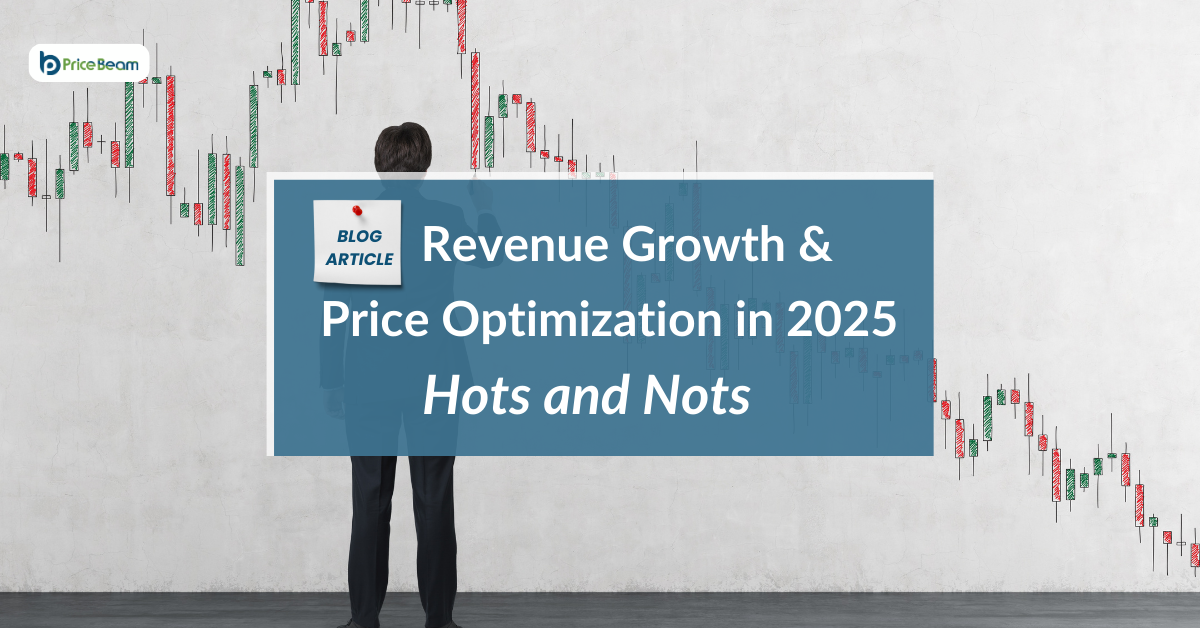Why Poundland is Abandoning Its £1 Price-Tag
 PriceBeam
·
1 minute read
PriceBeam
·
1 minute read
In 2010, the British discount retailer was required to cease the usage of its long-time slogan “Yes, Everything’s £1!” as more and more prices deviated from the famous £1 price-tag. And recently, the retailer started selling Pep & Co clothing from their stores - a move that means approximately 1 in 10 products will be priced either higher or lower.

A lose-lose pricing strategy
While the £1-tag appealed to customers with its simplicity, this pricing strategy has many drawbacks. Charging a fixed price for your products (that is, not adjusting prices over time) causes great vulnerability to exchange rate fluctuations. After Brexit, the pound has plummeted which makes it more expensive for Poundland to import products from abroad, and consequently, their profit-margin has tightened. Tesco boss John Allan expects Tesco to increase prices by 3% as a result of the higher post-Brexit import prices - but Poundland’s pricing strategy means they can’t follow suit and consequently may even have to charge prices lower than the list price.
On the contrary, when the pound is soaring, the import prices are lower and thus their fellow discount retailers can afford to lower their prices while maintaining their profit-margin. This will leave Poundland with a price their customers are not willing to pay. Why would they pay £1, when they can get the same product cheaper across the street?
In the discount market where price competition is fierce, control of your pricing is essential. And thus, we will probably see more “special non-£1 deals” from Poundland in the future.
Read more about pricing consumer goods.
.png?width=400&height=100&name=PBLogoTransparent%20(1).png)




